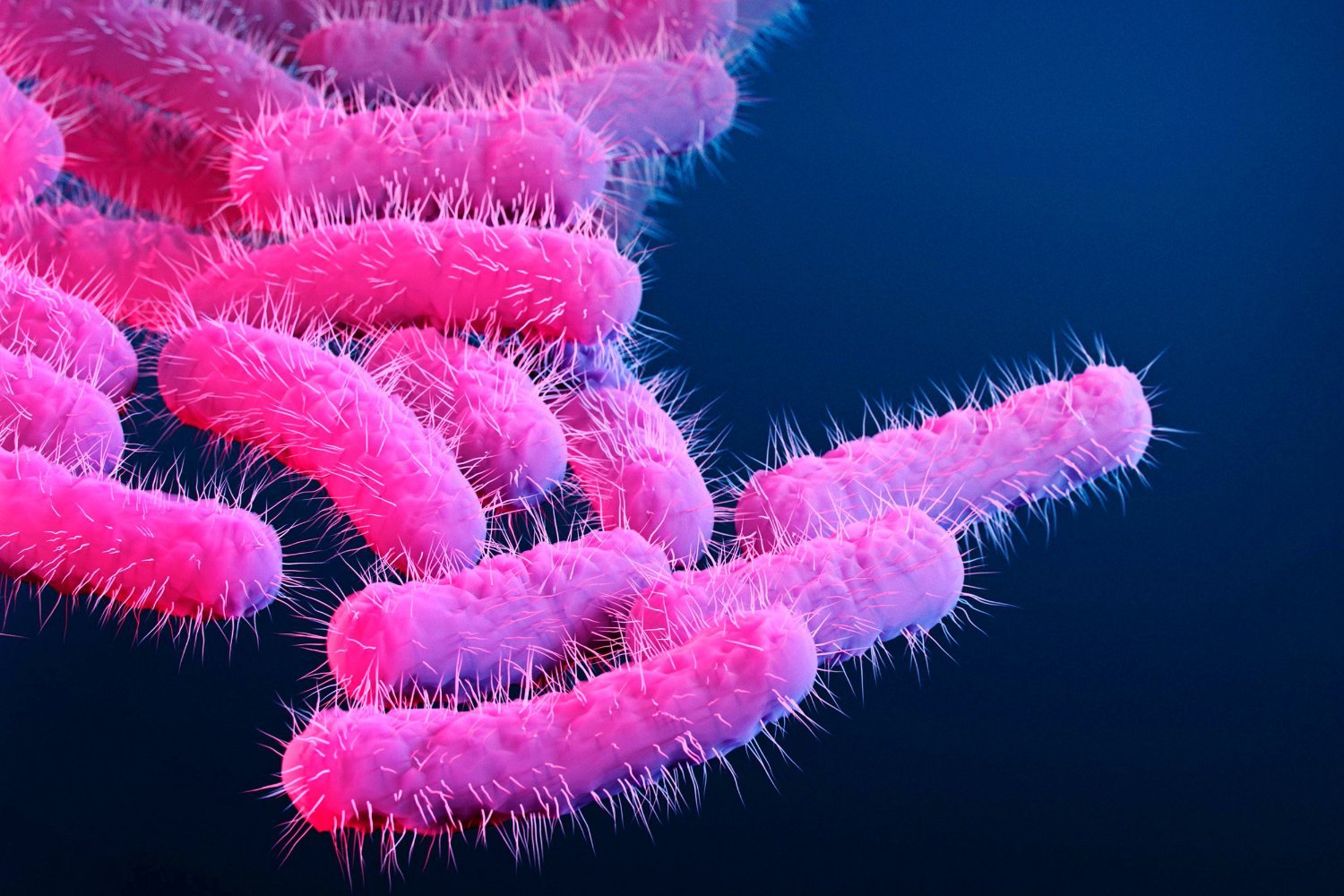Useful information
Prime News delivers timely, accurate news and insights on global events, politics, business, and technology
Useful information
Prime News delivers timely, accurate news and insights on global events, politics, business, and technology

A diarrhea-causing superbug is causing trouble in Los Angeles. Researchers have located a worrying new strain of Shigella bacteria in the area, one that can resist almost every antibiotic thrown at it.
Scientists at the University of California, Los Angeles conducted the study, which looked at an unusual group of Shigella cases discovered between 2023 and 2024. Each of the cases was found to carry an extremely drug-resistant (XDR) strain of bacteria. Although all the victims recovered, researchers say their discovery is “alarming,” especially since the superbug is likely still actively spreading in Los Angeles and possibly elsewhere.
Shigella It is a common source of diarrhea and other gastrointestinal symptoms. While most cases cause only a week-long episode of misery that goes away on its own, the infection can rarely trigger serious, even fatal, complications, especially in people who have weakened or underdeveloped immune systems, such as children. very small. Shigella kills about 200,000 people annually worldwide; in the US, it is thought They infect around half a million people each year and thousands of people are hospitalized as a result. The germ is usually transmitted through contaminated food or drink, but it can also be transmitted sexually. This latter form of transmission tends to occur most frequently through anal contact between men who have sex with men.
Antibiotics are used to treat severe cases. Shigella infections or to keep infections under control in those at higher risk of getting sick. But as with many other bacteria, Shigella Bacteria have increasingly learned to defend themselves against the most common antibiotics used against them. The strains of most concern are extremely drug-resistant, meaning they can outcompete a wide variety of antibiotics. In your newspaper, published this month in the Infection Control MagazineUCLA scientists detailed the discovery of a new XDR strain of Shigella sonnei in three of their patients.
According to the report, the three cases were detected in a three-month period between 2023 and 2024. The three infections involved men who had a history of having had sexual relations with other men, and one patient reported that a recent sexual partner had been his. . diagnosed with Shigella a week before. Initial laboratory testing revealed that they carried an XDR strain, formally defined as resistant to the antibiotics azithromycin, ciprofloxacin, ceftriaxone, trimethoprim-sulfamethoxazole, and ampicillin.
ULCA scientists performed genetic analysis of samples collected from their patients. They found that all three patients carried a similar strain, although it was notably different from previous XDR strains identified in other parts of the world. That likely means this version has been evolving and spreading in the area for some time, researchers say.
“The discovery of a novel XDR S. sonnei “The active spread in Los Angeles is alarming,” they wrote.
Fortunately, the cases themselves were still treatable or resolved on their own. One person developed a serious infection and ended up in intensive care as a result. But the real-time detection of XDR resistance in this case led doctors to switch to a different recommended drug that seemed to work and the patient eventually made a full recovery.
Still, the emergence of XDR Shigella in the US and around the world it is a serious and growing public health problem. These cases are obviously more difficult to treat than a typical Shigella infection, and delay in finding the right medication that works against an XDR strain can be potentially fatal. Last year, scientists at the Centers for Disease Control and Prevention issued a public health advisory about the superbug. In the advisory, the CDC reported that about 5% of Shigella The cases reported to the agency in 2022 were caused by XDR strains, up from 0% in 2015. Given these latest cases, the problem has likely only gotten worse since then. And UCLA scientists say more needs to be done to identify and reduce the spread of these dangerous bacteria.
“These cases highlight the rapid expansion of XDR Shigella in the US and the urgent need for appropriate detection and management,” they wrote.